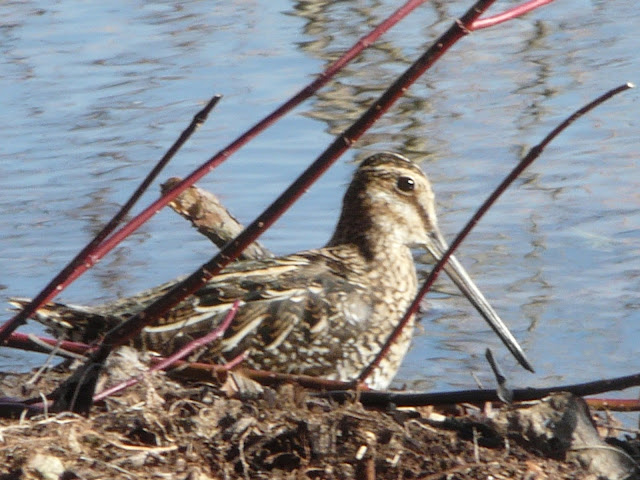
Photo Credit: Barbara Mines. Photos below by Maeve Kim.
 On a hill in the southern acres of Shelburne Farms is the
headquarters of Outreach for Earth Stewardship. This impressive volunteer-based
organization was started in 1989 and has been at Shelburne Farms for twenty
years. It provides rehabilitation for injured and sick raptors (hawks, falcons,
owls, eagles and vultures). Birds that can’t be returned to the wild act as
“ambassadors”, going into schools
On a hill in the southern acres of Shelburne Farms is the
headquarters of Outreach for Earth Stewardship. This impressive volunteer-based
organization was started in 1989 and has been at Shelburne Farms for twenty
years. It provides rehabilitation for injured and sick raptors (hawks, falcons,
owls, eagles and vultures). Birds that can’t be returned to the wild act as
“ambassadors”, going into schools
and to events around the state to help the
human OFES staff promote respect for and understanding about nature.
May and June are particularly busy with school programs and
field trips. Nevertheless, founder Craig Newman found time to meet with an OLLI-UVM
class on Saturday 4/15/2017. We had a wonderful time with Craig and his
ambassador birds!
 Raz is a raven that was found as a fledgling, starving and
with infections in both eyes. Craig had to put drops in the bird’s eyes several
times a day, always murmuring “hold still”. Now the bird (who is blind in one
eye and has limited vision in the other) will whisper back “hold still”.
Raz is a raven that was found as a fledgling, starving and
with infections in both eyes. Craig had to put drops in the bird’s eyes several
times a day, always murmuring “hold still”. Now the bird (who is blind in one
eye and has limited vision in the other) will whisper back “hold still”. Anubis the Turkey Vulture was injured in his first year of
life and brought to OFES in 2003 with a wing injury.
Anubis the Turkey Vulture was injured in his first year of
life and brought to OFES in 2003 with a wing injury.
This huge bird (wingspan
almost six feet!) has personality and charisma to spare. He grooms and preens
Craig’s hair, unties shoe laces, takes barrettes and scarves right off people’s
heads, and seems to love being the center of attention.
 They were both hit by cars, Carson suffering a
broken wing and Elfric ending up without sight or hearing on one side.
They were both hit by cars, Carson suffering a
broken wing and Elfric ending up without sight or hearing on one side.
Car-bird collisions are often the reason that owls end up in
rehabilitation facilities. Craig said that this past winter has seen an unusual
number of injured Barred Owls.
Some were found starving after the big mid-March
snowstorm, which made it hard for owls to locate and catch prey, but most had
been hit by cars. When we visited OFES, there were 15 Barred Owls there, all
close to being released. Birds that will be released are kept in large cages a
short distance from the main building and aren’t shown to visitors or taken out
for school visits.
A great chance to meet Raz, Anubis, Carson or Elfric – and
possibly others - is Shelburne Farm’s celebration of International Migratory
Bird Day on Saturday May 13, 2017. After an early morning bird walk, there will be visits from some of the OFES avian ambassadors from 10:00 to
noon.
~Maeve
For more information about Outreach for Earth Stewardship,
go to http://www.ofesvt.org/ or http://www.shelburnefarms.org/blog/birds-take-flight-the-work-of-ofes
Vermont Birds and Words





















































